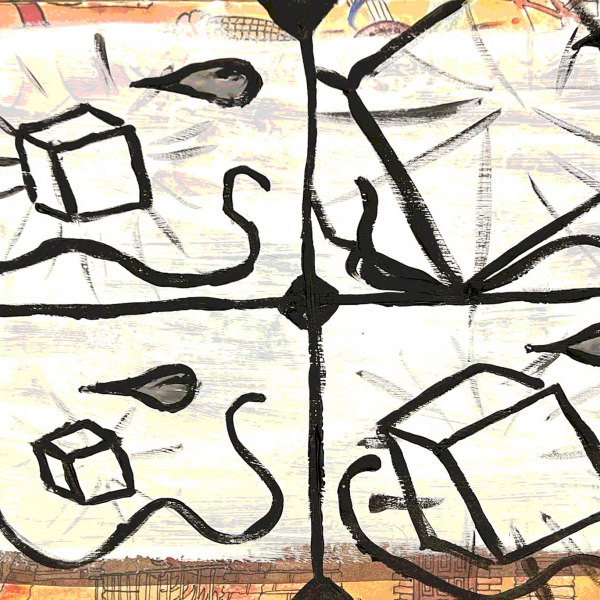by Reuben Riggs
Class of 2015
It is not very often that you walk out of a movie thinking, “Wow, almost everyone I know needs to watch this film.” For the younger generation, Dear White People (DWP) just might be that film. It is witty, well directed and makes needed conversations accessible. The film follows a small group of students with shifting understandings of what it means to be “a black face in a white place.” They confront frequent microaggressions (small acts of racism in daily life), structural racism in their school and a culminating racist blowout in the form of a black-themed Halloween party. It makes for an engaging story, one that many Wash. U. students will recognize as their own. As much as I valued this film for its ability to speak to my experience as a person of color in a predominately white institution, it certainly was not perfect. As an original film, it did many things right, but it also did a few things wrong.
DWP hits its stride in its depictions of the subtle racism people of color in mostly white settings live with. Sam, the main character, captures this type of racism through her radio show. In tight, witty one-liners that play throughout the film, she unabashedly calls out the tokenizing, exoticizing and misrecognizing that white students and administrators perpetuate. She valuably makes the implicit explicit. However, the film more productively signals these microaggressions with poignant pauses and shady glances. This more subtle approach shows how students of color often experience microaggressions and helps audience members borrow a different perspective. These moments were wonderful, but a greater emphasis on this approach — as opposed to Sam’s laundry list — could improve the film’s impact on racial perspective gaining.
DWP also adeptly uses its main characters to capture the heterogeneity of the black experience. Its four main characters live their blackness in different ways yet share a common experience. The characters run the gamut on how to “be black.” Sam leads the black student movement, while Coco minimizes her race. The film validates this range of black identities by simply giving voice to them. More important and more challenging, after the film validates these identities, it shows that the characters still have a distinct experience because of their race. Even though the microaggressions, the racism in their school and the blowout party make Sam more incensed and Coco more in denial, they share a uniquely black experience. They are able to be black and individuals at the same time, a concept that eludes most media. As a person of color on campus, it was easy to recognize my friends and myself in these characters’ identity navigations.
DWP really misses out on class analysis. It comes closest with Coco, a self-conscious black sorority girl who distances herself from her black, working-class roots, but this tie is tenuous and underexplored. Class undoubtedly mediates the black experience at wealthy private universities. It determines how students access the university and shapes how others will or will not recognize them. At multiple points throughout the film I found my viewing disrupted by the feeling that this film explicitly about race was missing a major factor shaping the meaning and experience of race. Class analysis would have added depth to the film’s argument and helped it explore the roots of the aggressions and misrecognitions it identifies.
DWP also falters by giving only half of the story it sets out to tell. As we’ve learned through our own annual racist blowouts on campus, what happens after the blowout is as important as what happens at that event. The story does not stop at the big racist party at the end, the hurtful pledge activities or the racist Halloween photo; it continues with the anonymous Facebook posts and the unwavering rush to deny hurt students’ experiences. In leaving this half untold, the film settles for merely pointing out the problem rather than offering creative ways of working through it.
Despite these reservations, DWP is a must see. It holds a mirror (albeit slightly dirty) up to what life can be like for minority students on campus. Amid the deluge of films depicting the white adolescent experience, it’s a breath of fresh air to focus on some other folks for a change. Regardless of one’s identification with the characters, the movie has something to teach us all and undoubtedly takes a step toward a community where invisible experiences become visible.




